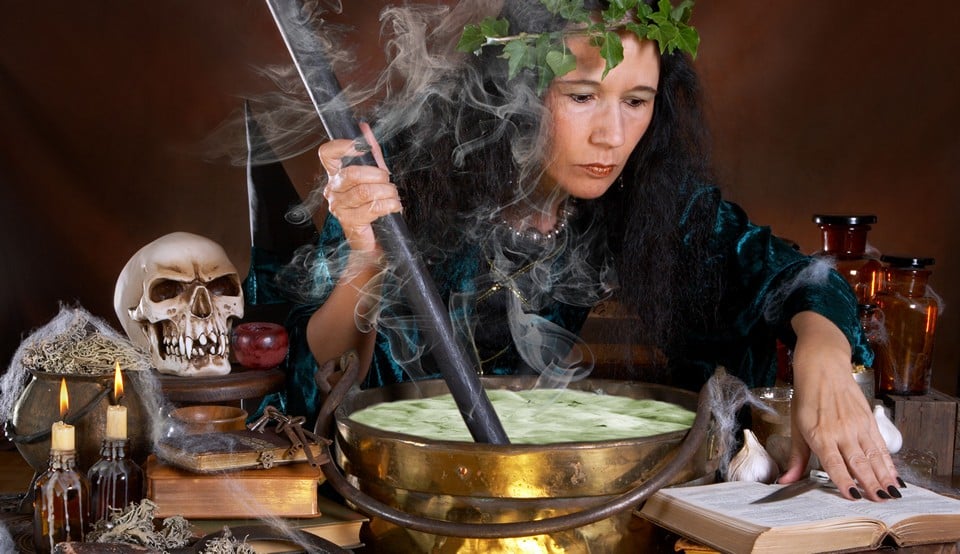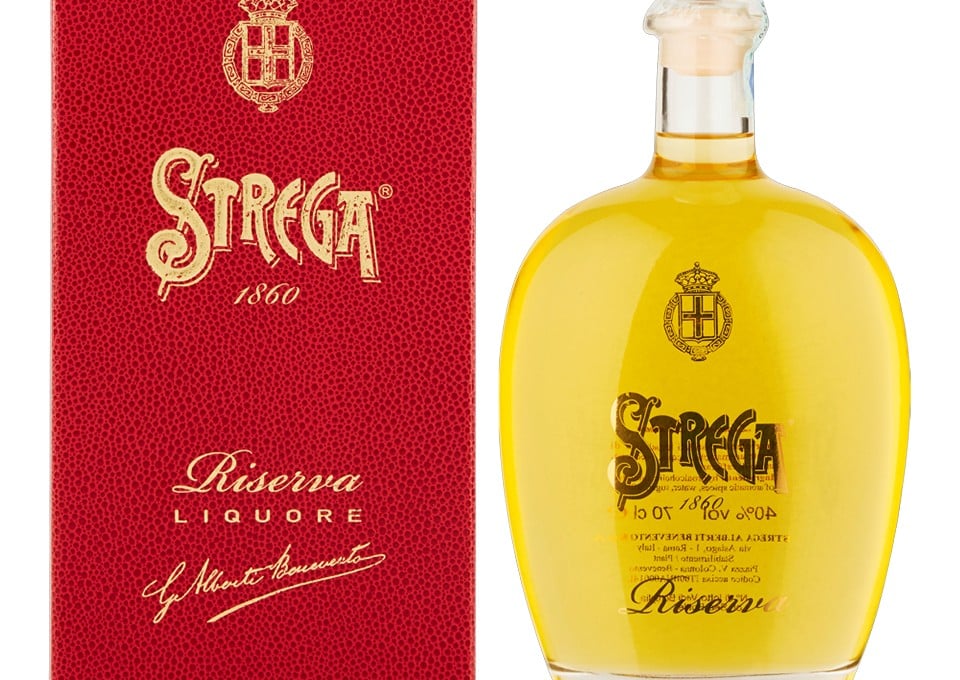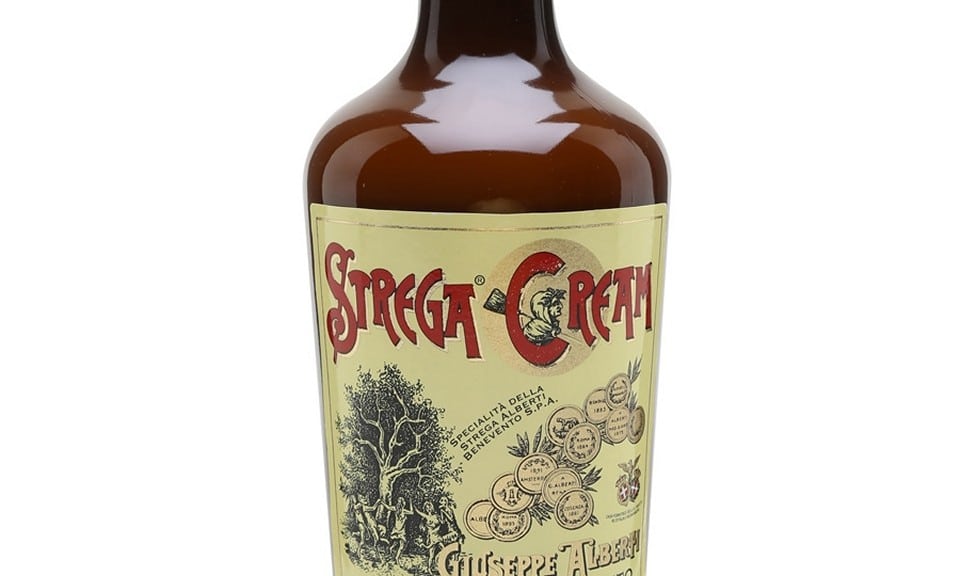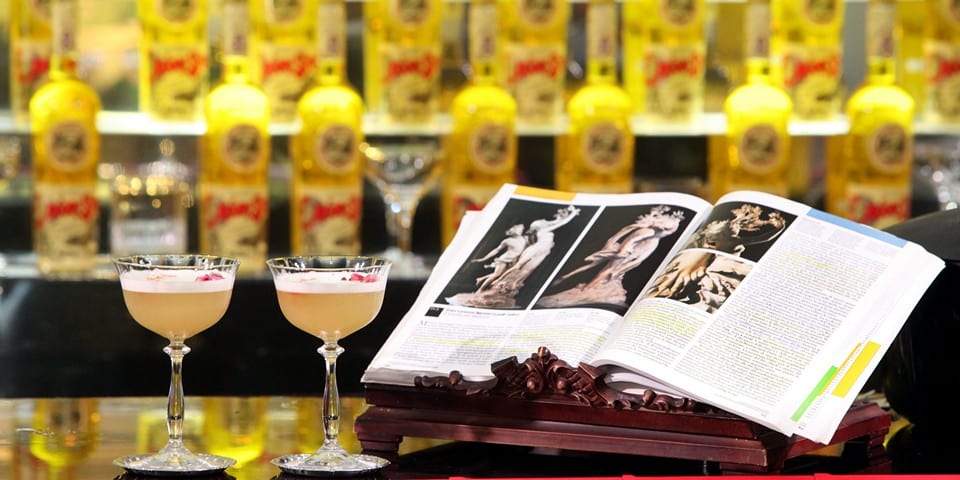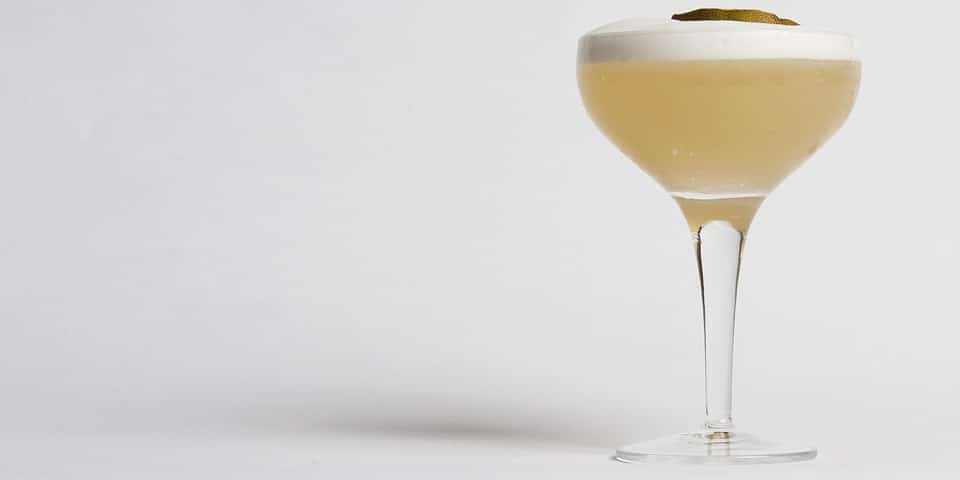Liquore Strega (Strega) is a leader in many categories among Italian beverages of its kind. Firstly, it is the most complex digestif, boasting a wide range of ingredients. Secondly, it can boast the longest history compared to other liqueurs. And finally, it has the most unusual name. Strega literally means “witch” in Italian. Mysticism and magic have always attracted people, and “witchy alcohol” is no exception. Strega holds a prominent place among popular spirits.
Page Contents
Origin
The birth of Strega dates back to 1860. In that year, Giuseppe Alberti moved to Benevento due to family circumstances. He opened his bar in the city center, and it turned out to be a wise choice, as the trade of alcoholic beverages flourished after the unification of Italy.
The name of the digestif refers to the legends of witchcraft in Benevento, which have roots in ancient history. Starting from the 13th century, it was believed that witches from all over the world gathered in the town. More than 2,000 sorceresses would gather under a walnut tree, brew potions, and instill fear in the minds of peaceful residents.
A beautiful story tells that Giuseppe Alberti, in search of herbs for a new drink, stumbled upon a witch lying beneath a fallen tree. He saved her and, as a reward, received the recipe for a new liqueur. Giuseppe promised never to reveal the secret of the magical drink and only pass it on to one of his family members before his death.
A more plausible version suggests that the “Witch” liqueur did not appear by chance. It is based on a recipe for an herbal infusion developed by the Benedictine monks. Continuous improvements and the addition of new ingredients contributed to the birth of Strega.
The liqueur gained popularity thanks to its colorful and artistic advertising. One of the first Art Nouveau-style posters was released in 1906.
Strega is often mentioned in works of art such as books, songs, and films. For example, in Mario Puzo‘s novel “The Godfather,” Don Vito Corleone and his peers drink Strega. Ernest Hemingway also featured Strega in such masterpieces as “Fiesta” and “A Farewell to Arms.”
Composition and Taste
The proprietary recipe of the liqueur consists of a blend of 70 herbs and spices. All the ingredients are kept in the strictest secrecy. Even the factory workers only see numbered containers of the components without knowing their names. Their task is to measure the exact amount of spices and grind them if necessary.
Only some of the ingredients are known: Ceylon cinnamon, Florentine iris, Apennine juniper, mint, fennel, and saffron. The latter spice plays a key role in shaping the yellow color of the beverage. Mint and juniper are the most pronounced in the liqueur’s aroma.
Strega matures for a long time in oak containers to achieve the perfect synthesis of taste and aroma. Only after aging is it bottled and sent for sale. The alcohol content of the finished drink is 40%.
Strega’s color is dark yellow. The taste is sweet and velvety. The consistency is quite thick. The aroma is vivid and herbal, with distinct notes of mint and cinnamon.
Varieties
In addition to the classic Strega liqueur, the Alberti company also produces two other drinks based on it. They are:
- Strega Riserva – a special bottling of Strega with extended aging in oak barrels.
This maturation imparts a soft and delicate taste to the beverage. The high quality level of the liqueur is emphasized by elegant and prestigious packaging, which is why Riserva is often chosen as a holiday gift. The alcohol content is 40%. - Strega Cream – a smooth beverage born from the perfect combination of milk cream and the classic version of Strega.
It possesses a unique creamy and spicy taste. The alcohol content is 17%.
How and with what to drink
Strega is indeed a versatile product. It is typically consumed after a meal or with coffee, and such drinks are called “ammazzacaffè” in Italy. The liqueur can be served both cold and warm. It is often accompanied by dry, non-greasy pastries or cookies.
The beverage also serves as an ingredient in many desserts. For example, it can replace Marsala wine in the “Mimosa” cake. It can be used to flavor coffee for Affogato and is also drizzled over fruit salads.
Cocktails with Strega
Strega plays a significant role in creating delicious cocktails. Combining Strega with coffee and lemonade (not in the same drink, of course) creates two perfect combinations for the liqueur.
“Italian Coffee”
The “Italian Coffee” cocktail combines minimal ingredients with maximum flavor. To prepare it, mix a cup of strong coffee with 30 ml of Strega. Garnish the drink with whipped cream and grated nutmeg.
- We advise you to read about real Italian coffee
“Hexenjagd” (Witch Hunt)
The “Hexenjagd” cocktail is named for the mandatory presence of Strega in its composition. To prepare it, mix:
- 50 ml of whiskey
- 50 ml of lemonade
- 25 ml of dry vermouth
- 15 ml of Strega liqueur
The cocktail has an exquisite taste and is served over ice. The combination of lemonade, alcohol, and ice makes it wonderfully refreshing.
“Strega Daiquiri”
Another popular digestif cocktail is the Strega Daiquiri. To prepare it, you’ll need:
- 25 ml of Strega liqueur
- 25 ml of white rum
- 25 ml of lemon juice
- 0.5 tsp of simple syrup
Mix all the ingredients in a shaker and serve with ice cubes, garnishing the glass with a lemon wedge.
Strega can be used as a substitute for yellow Chartreuse and Galliano liqueur in cocktails, although their tastes differ significantly.
Price in Italy
The choice of Strega liqueur is quite simple. In Italy, the drink is produced by a single company, Alberti. The price for a 0.75-liter bottle varies from 11 to 30 euros, depending on the aging.
And thus, all the myths about the witch’s liqueur are dispelled. In reality, the drink is not scary but strong, so it should be consumed in moderation. Think wisely, drink smartly, joke cleverly, and remember: “A good spoon at lunch, and Strega afterward!”
Interesting Facts about Strega
- Strega liqueur, also known as “Liquore Strega,” was first produced in 1860 in Benevento, Italy, by the Alberti family. Its recipe is said to be a secret blend of around 70 herbs and spices.
- The name “Strega” means “witch” in Italian, and the liqueur is associated with legends and folklore. It is believed to have been used in ancient rituals and was even said to possess magical powers.
- It is characterized by its vibrant yellow color, which is achieved naturally through the infusion of saffron. Saffron is one of the key ingredients that contribute to the unique flavor profile of the liqueur.
- This liqueur has a complex and herbal flavor profile with hints of mint, juniper, and cinnamon. It has a sweet and slightly bitter taste that lingers on the palate.
- The iconic bottle of liqueur features a label depicting a witch flying on a broomstick. This imagery further reinforces the mystical and enchanting qualities associated with the liqueur.
- Strega liqueur can be enjoyed on its own as a digestif or used as an ingredient in cocktails. It adds depth and complexity to a wide range of drinks, including classic cocktails like the Strega Sour and the Strega Spritz.
- Strega liqueur has gained international recognition and is highly regarded in the world of spirits. It has received numerous awards and accolades for its exceptional quality and craftsmanship, solidifying its position as one of Italy’s most beloved liqueurs.
 Italy for me From Italy with love
Italy for me From Italy with love



